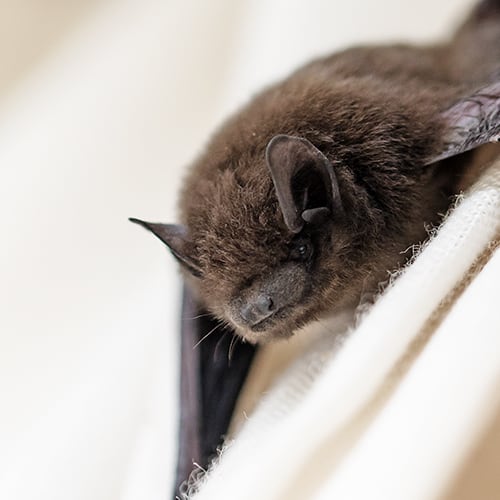Treatment Methods
A colony of bats in your home will make itself known to you almost immediately. Bats are active at night and have to use echolocation to find their prey, which is similar to sonar. It requires the bats to emit a high-pitched squeaking sound that is then bounced back to them, letting them know where any animals or physical barriers are as they fly.
Bats aren’t reclusive. They leave their shelter at dusk, so they aren’t hard to miss flying out of your attic. You may catch bats during the day if they roost in your attic, when they’ll be hanging upside down and sleeping. You’ll also probably smell the bats before you even see or hear them, as their feces (also called guano) and urine are both very pungent.
If you have discovered bats in your home, stay calm. You can take a few simple steps toward eradicating the problem, although it is always safer to have a trained specialist handle these animals. Bats can carry diseases such as rabies and Histoplasmosis, which you can contract after coming in contact with their guano.






